Morel mushroom hunting is an extremely popular outdoor activity. Once spring hits, morel enthusiasts take to the woods in hopes of finding a bounty of these edible mushrooms.
Yet not everyone is always so lucky. Some people consistently come up empty, proving that it pays to know more about the art and science behind this addictive sport.
This page provides information on the practice of mushroom hunting in more detail. We’ll start with the practice, which includes hints on equipment and how to get started. From there I’ll discuss ethics and safety. Finally we’ll finish with appeal, or just why are morels so beloved anyway?
For a more complete list of straight morel mushroom hunting tips click here. And, check out this guide to the 18 morel species of North America.
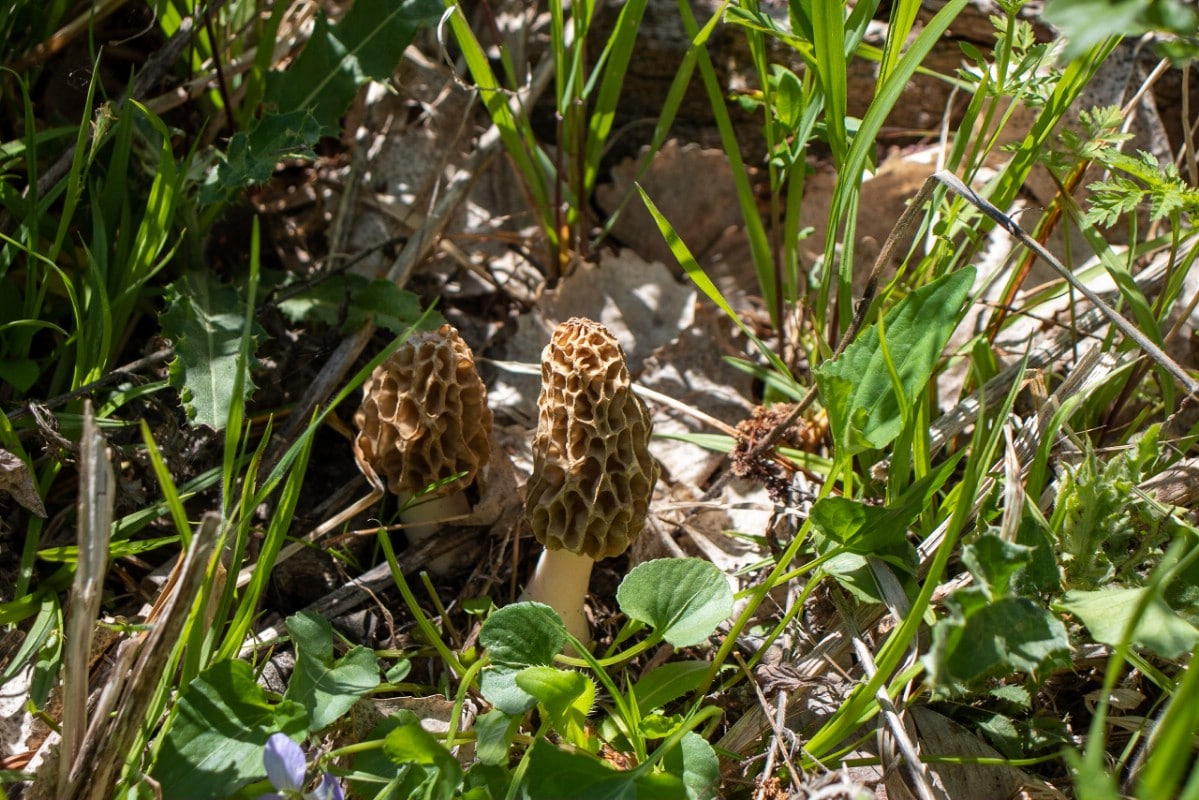
Jump to:
Practice Makes Perfect
To begin; you’ll need some equipment. Don’t worry about outfitting yourself in the latest and greatest outdoors gear. For morel mushroom hunting, you really only need the following:
- Swiss army or pocket knife
- Bug spray (DEET free, don’t poison yourself just to enjoy nature)
- Your favorite hiking clothes (including long pants to protect from ticks)
- Good hiking boots/shoes (they don’t have to be super fancy, just proper outdoors footwear)
- Paper or mesh bags to hold your bounty (don’t use plastic, your mushrooms may get mushy)
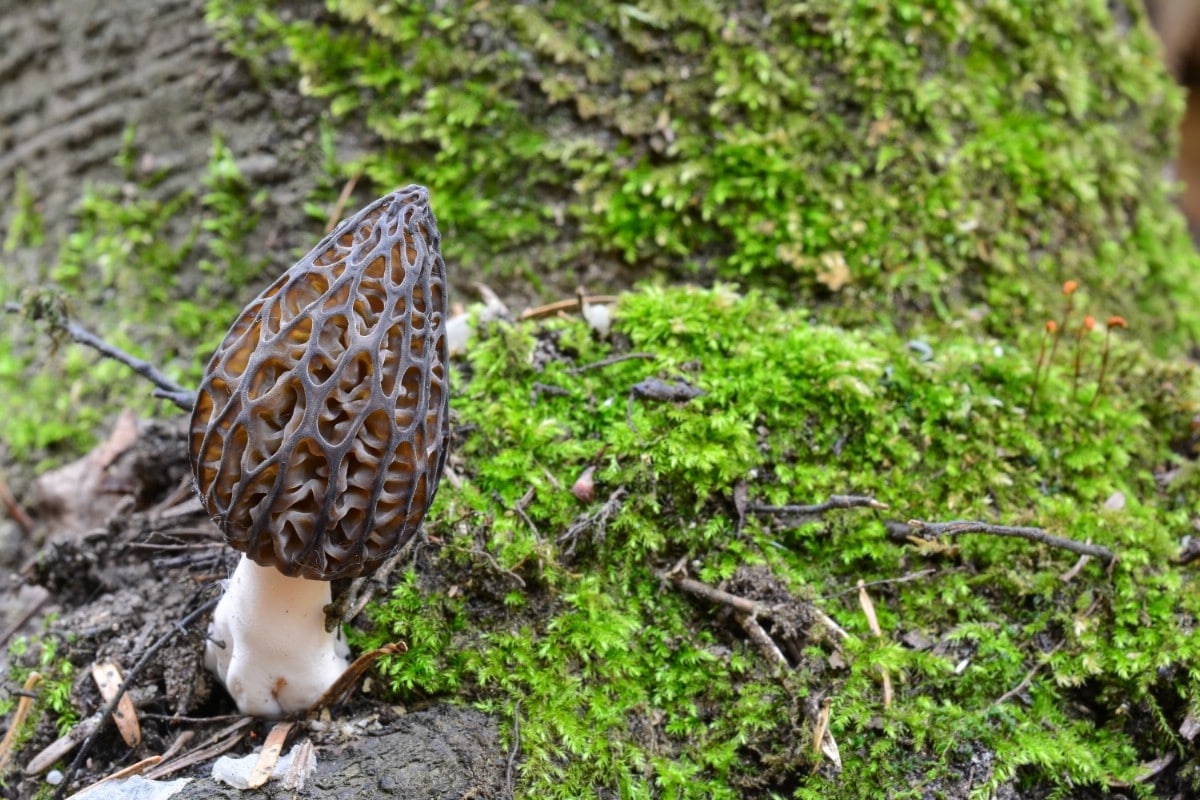
Once you have your equipment, it’s time to hit the woods! If you’re a novice or if you’ve moved to a new area, it can be difficult to find morel spots. Unless you’re lucky enough to have a close mushroom hunting friend or relative, you’re going to have to find them on your own.
It’s usually not worth it to come right out and ask other hunters where to find morels. People want to protect their secret spots, and who can blame them?
If you have superior charm and people skills you might try asking about local morels in a roundabout and modest way. Just beware that you may not get the desired response, or you may wind up with directions to the local Haunted Forest!
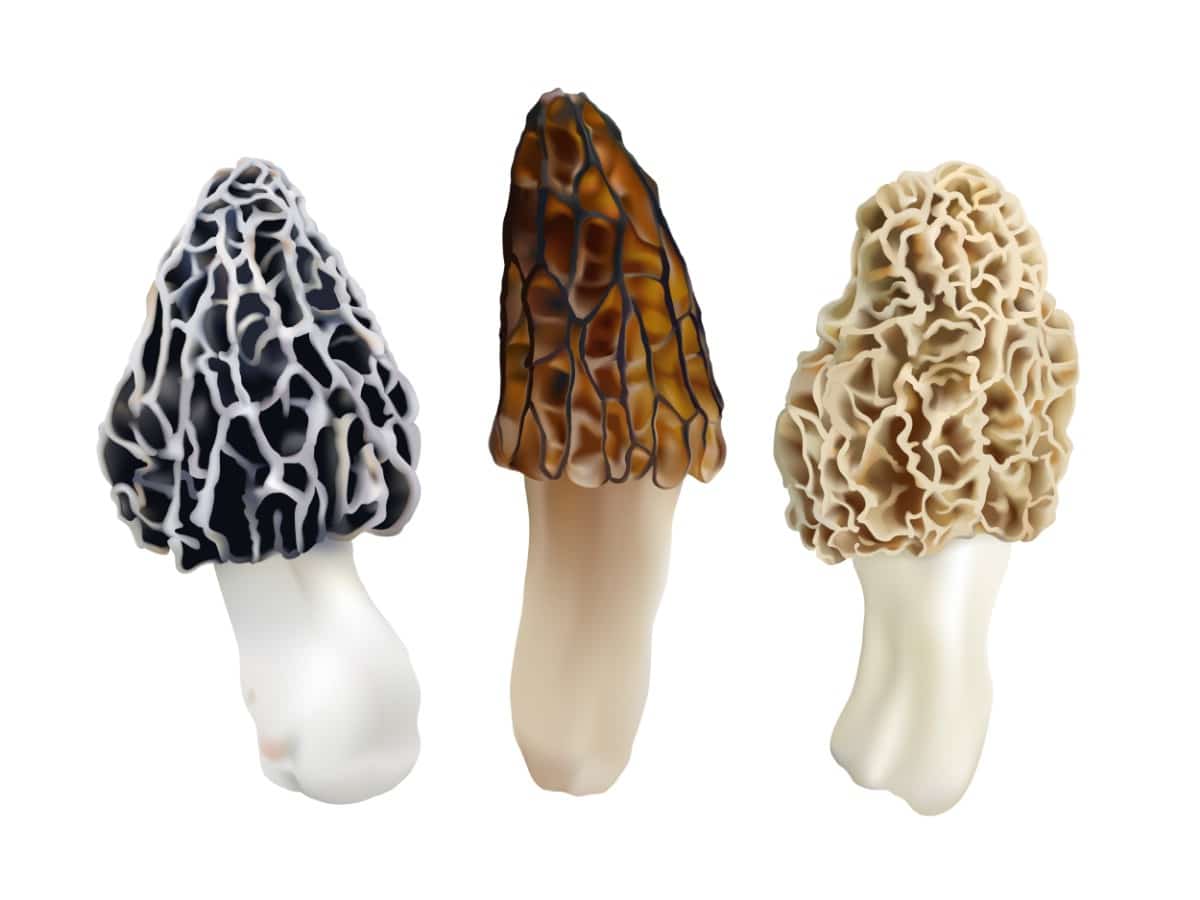
Barring quality information from a real live human, you’ll have to look for natural morel clues. Fortunately, although there are never guarantees, morels prefer certain habitats. Begin your search by checking these places:
- Near or at the base of elm (preferably dead or dying), ash, tulip, or old apple trees.
- Near areas where the ground has been disturbed; such as washes, downed tree or logging areas, old flood plains, and burn sites.
For a complete list of morel mushroom hunting tips see this page. It contains lots more good info on how and when to find morel spots.
This hobby takes great patience, so check these places slowly. Start at the base of that tree or in the middle of that burn site, and slooooowly make your way around the area in a widening circle.
Picking Morel Mushrooms
Once you’ve had some success and find a few morels (note my complete confidence in you!), do keep in mind the best way to pick them. Since you will be eating these mushrooms, you want to minimize the amount of dirt you pick. Here are some brief picking guidelines:
- Don’t pick too young, when the mushroom looks like a small button. It won’t be enough to make a meal, and it seems like a waste. Morels grow quickly, so keep checking until it’s more mature (hopefully it will still be there).
- That said; don’t pick a mushroom that’s too mature. An old, rotting morel won’t be too appetizing.
- To minimize dirt, cut the mushroom from the bottom of the stem with your knife rather than just picking it.
It may take a few seasons of informed trying to find your first morel. Don’t give up!
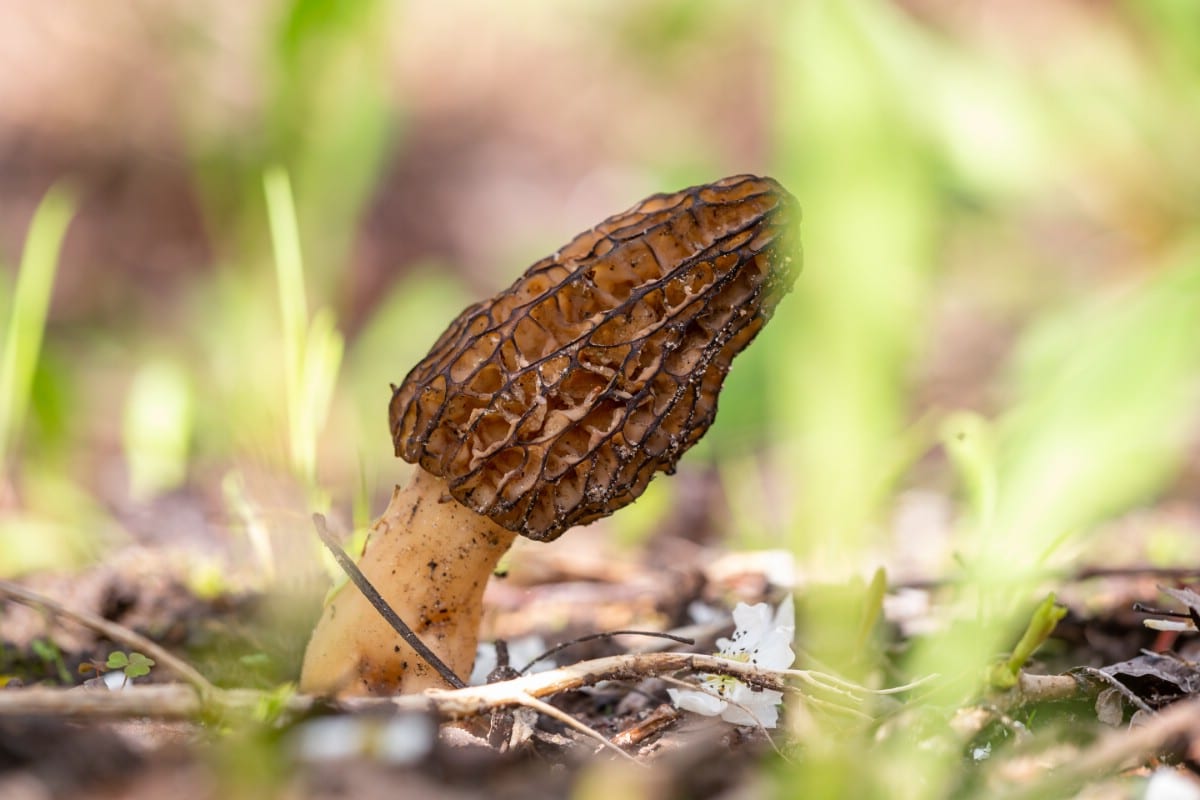
Safety and Ethics
There are a few safety and ethics issues to consider when morel mushroom hunting.
The biggest safety issue is proper mushroom identification. There are poisonous morel look-alikes called false morels, which can make you very sick depending on where you live.
Educate yourself on morel mushroom identification and show your first finds to someone more experienced. If you’re a novice or need a refresher see this page.
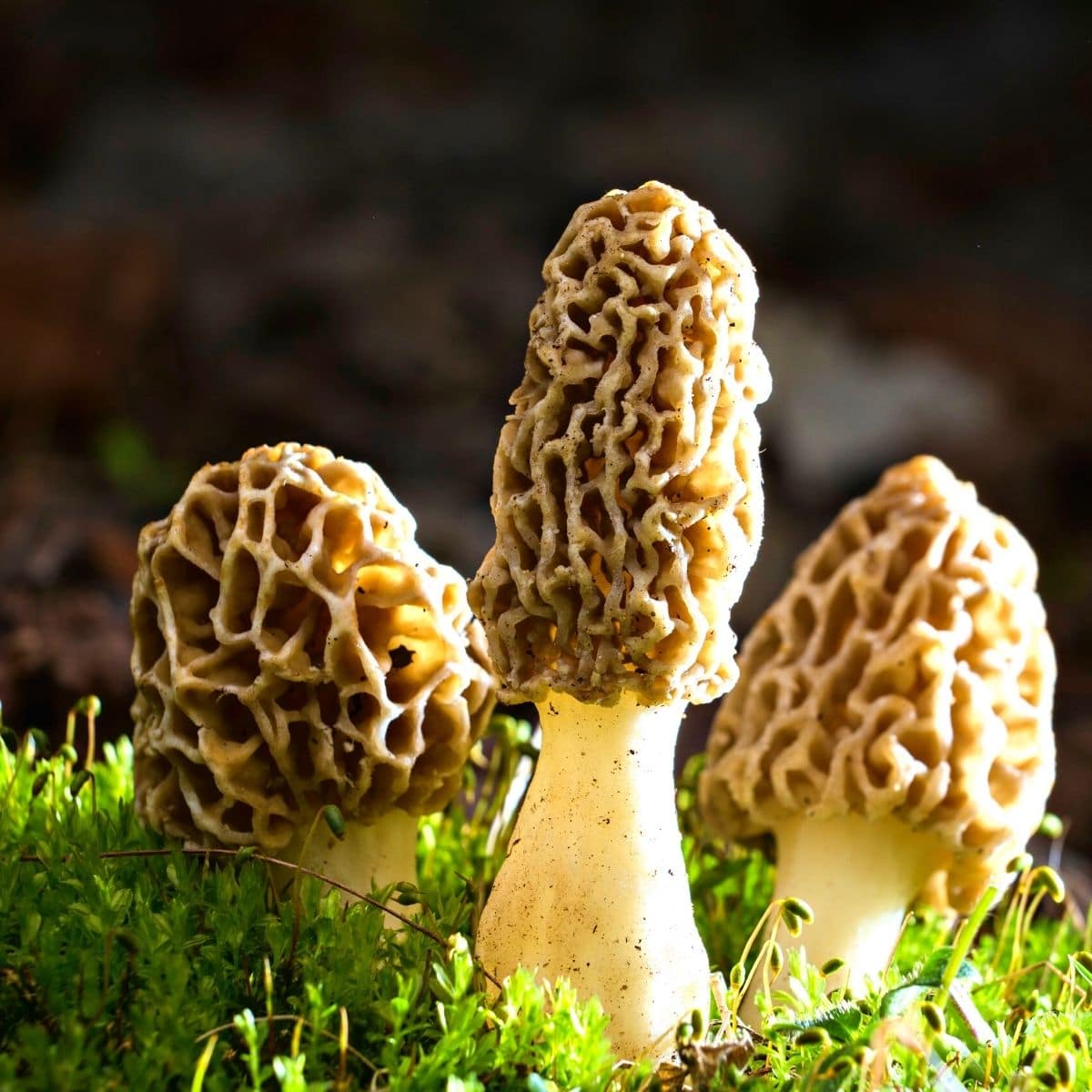
Other safety factors to consider:
- Wear long pants and bug spray to protect from ticks. Lyme disease is very serious.
- Don’t eat mushrooms you find on the side of the road, near chemically treated areas, or near industrial or polluted regions. Chemicals on the ground may be present in the mushrooms.
- Know where you’re going and bring a map, compass, and GPS if you have one. It’s easy to get lost when you spend the day staring at the ground!
- Don’t hunt alone. Bring a friend or partner.
Besides safety concerns for you, what about concerns for the mushrooms and the organism that spawns them?
There is an ethical issue raised by morel mushroom hunting: how many is too many in terms of picking? If we pick all the mushrooms in a given area, is that detrimental to the organism? Several studies indicate that picking an entire patch isn’t harmful to that one patch. However, there are no studies looking at how picking an entire patch impacts the spread of spores and therefore, the creation of new patches.
I’ve heard some educated positions for both sides of this argument. The truth is nobody knows. It’s impossible to predict mushroom reproductive rates and picking impact with all the variables involved.
In my opinion, it seems obvious that too much picking can be harmful. Without mature mushrooms around to drop their spores, reproduction is stunted. That means fewer mushrooms in the future.
I present these tips to pick with minimal damage:
- If you find an area with lots of morels, leave some. Don’t take everything you see, allow some to stay and drop their spores.
- Don’t pick anything very old or very young.
- Don’t pick anything just as a “trophy”. If you don’t have enough to make a meal that day, leave the few that you find where they are.
- Some people believe that carrying your picked morels in mesh bags allows them to drop their spores as you walk through the woods. Others say that this works only as a pointless exercise to make you feel good. I say it can’t hurt, right?
Please show respect for yourself, others, and nature so we all can enjoy mushroom hunting for years to come!
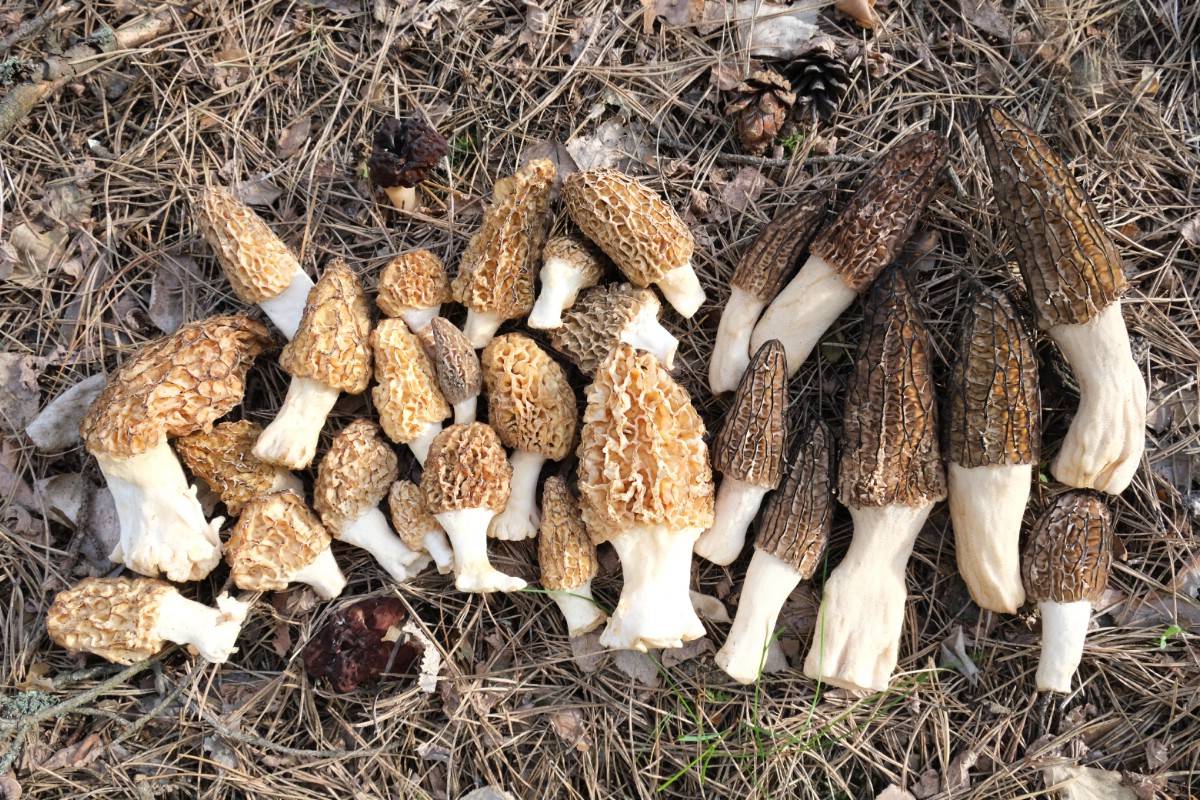
Morel Mushroom Hunting Madness
Morel mushroom hunting can turn ordinary people into obsessed “morel maniacs”. They check the weather religiously, disregard sleep, and call in sick to work just to find morels (awesome).
Why all the fuss? What is it about this mushroom that inspires such fervor? Sure they’re delicious, but so are black trumpets, and those don’t make people half as crazy.
One answer, as overly simple as it may seem, is that it’s just fun. It’s hard to beat that giddy sense of triumph you experience when you find a morel. It’s like a treasure hunt, one that never gets old and comes back every year.
Another answer is that it’s a bonding experience. Some people hunt morels with their close friends and family for years. Some remember doing it with their grandparents. It’s a ritual that brings people together in a fun and beautiful way.
For a light-hearted look at one family’s mushroom adventure, see this article (morel mushroom hunting leads to badger encounter).
In addition to bonding with humans, it’s a marvelous bonding experience with nature. This is true for all forms of mushroom hunting, not just morels.
I equate it to seeing an owl. I love owls. Every time I see one, I get a triumphant thrill. Like nature has gifted me with a special secret.
I dare you not to feel this thrill when you find a morel for the first, tenth, or even millionth time. And if you don’t feel it, then you won’t mind telling me where you found it!
Good luck morel mushroom hunting!

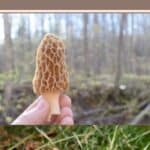
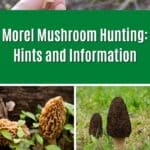

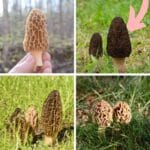
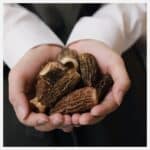
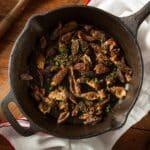
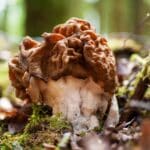
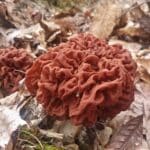
Cecilia
I found my first Morel mushrooms by accident. They seem to fit the description, yet I’d like to show someone who is an experienced Morel mushroom hunter. How do I find someone to authenticate my find? I sure don’t want to get sick.
Jenny
This is a great question, and you are good to be cautious! The best thing to do is find a local foraging group in your area. Here’s a great list of clubs organized by state: https://namyco.org/clubs.php.
You might have luck googling for a local mycologist or certified forager, too. I know there are several in my small area who help beginners do identification.
And congratulations on *maybe* your first morel find!!